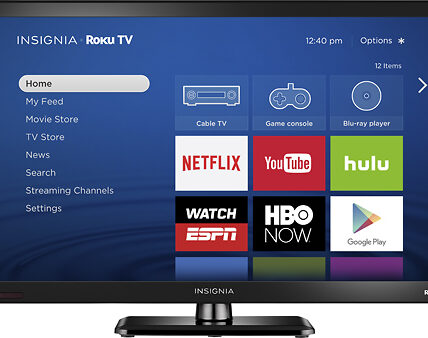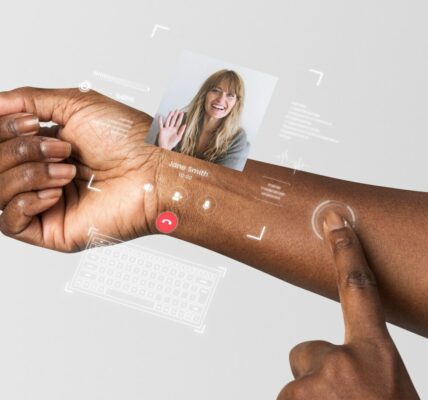Choosing the right desktop computer for graphic design is crucial to ensure smooth workflow, efficient rendering, and optimal performance. Here are some key factors to consider when selecting a desktop computer for graphic design:
1. Processor (CPU): Look for a powerful and efficient processor that can handle resource-intensive design software. Consider processors with higher clock speeds and multiple cores, such as Intel Core i7 or AMD Ryzen 7, for faster rendering and multitasking capabilities.
2. Graphics Card (GPU): A dedicated graphics card is essential for graphic design as it accelerates rendering and improves overall performance. Look for a GPU with ample VRAM, CUDA or OpenCL support, and a high number of cores. Popular options include Nvidia GeForce RTX or AMD Radeon graphics cards.
3. RAM: Graphics-intensive applications require a significant amount of RAM. Aim for at least 16GB of RAM, although 32GB or more is recommended for smoother multitasking and handling large design files. Make sure the computer supports easy RAM upgrades if needed.
4. Storage: Opt for a combination of SSD (Solid State Drive) and HDD (Hard Disk Drive) storage. An SSD will provide fast boot times and quick access to frequently used files and applications, while an HDD offers larger capacity for storing design files and archives.
5. Display: A high-quality monitor with accurate color reproduction is essential for graphic design work. Look for a monitor with an IPS or OLED panel for wide viewing angles and precise color representation. Consider a monitor with a resolution of at least 1920×1080 pixels or higher for detailed work.
6. Connectivity: Ensure the desktop computer has sufficient ports for connecting peripheral devices such as external hard drives, drawing tablets, or printers. USB 3.0 or higher ports, HDMI, DisplayPort, and Thunderbolt connectivity are beneficial for seamless integration with professional-grade devices.
7. Cooling and Noise: Graphic design tasks can put a strain on computer resources, leading to increased heat generation. Look for desktop computers with efficient cooling systems to prevent overheating. Additionally, consider systems with low noise levels to minimize distractions during work.
8. Software Compatibility: Check the compatibility of the operating system and design software you use with the chosen desktop computer. Ensure the computer meets the minimum system requirements of your preferred graphic design applications.
Remember to consider your budget when selecting a desktop computer for graphic design. Determine your requirements based on the complexity of your projects and the software you use. It’s advisable to research and compare different models, read reviews, and consult with experts before making a final decision.





